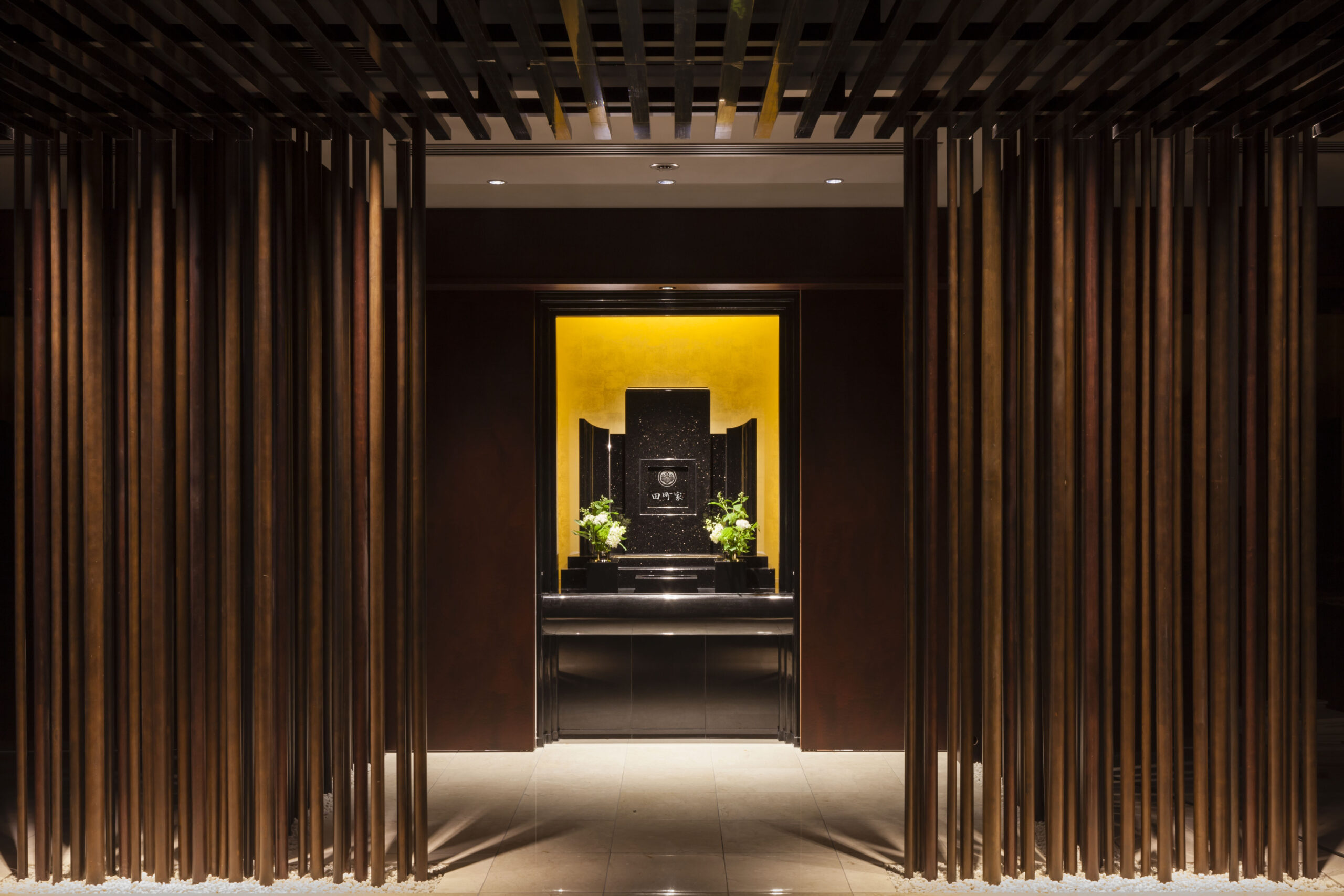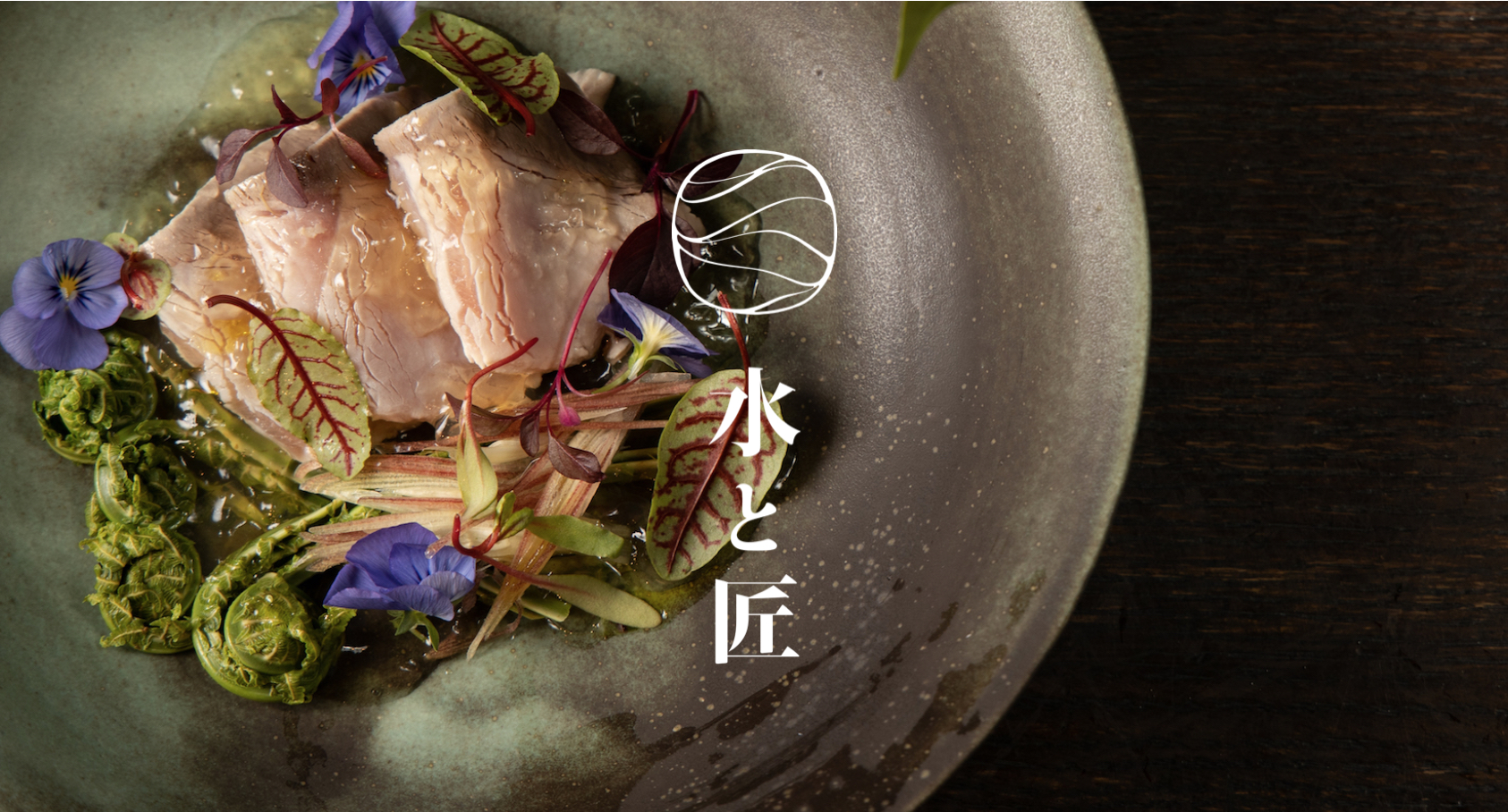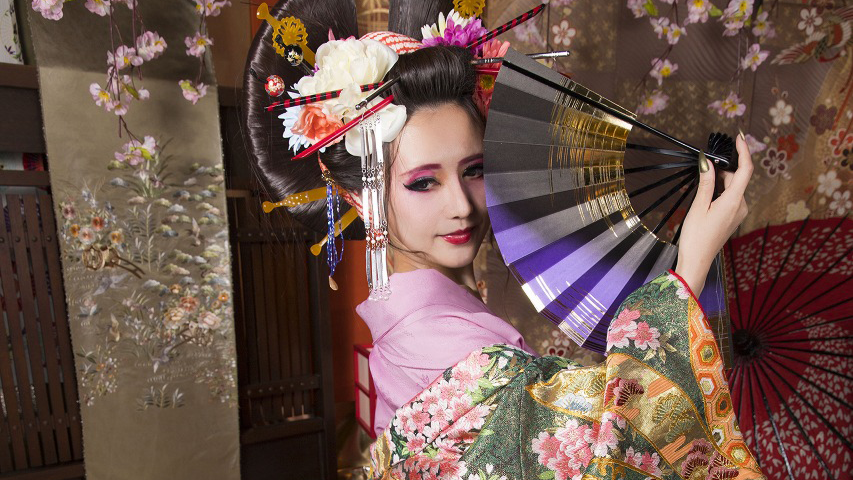The religious corporation Koboji Temple (Minato-ku, Tokyo) lit Kobo Daishi Kukai for training in the land of Mt. Misen Miyajima, and since then it has been carefully protected for over 1200 years, “Kukai / Unextinguished Fire” Will be taken over from the Daishoin, which has a legal relationship. “Kukai, the fire that never goes out” will energize Tokyo and Japan.
Along with this, a fire ceremony will be held at Miyajima Misen Daishoin on February 11th (Thursday / holiday), and a lighting ceremony will be held at Koboji Temple in Mita, Minato-ku, Tokyo on February 13th (Saturday).
What is "Kukai / Unextinguished Fire"?
Misen Miyajima Daishoin Daishoin is the head temple of Miyajima, who has been in charge of rituals as a separate job at Itsukushima Shrine. Since Kobo Daishi Kukai opened Mt. Misen in the first year of Daido (806), it has a history of more than 1200 years. In addition, Kobo Daishi Kukai has been protecting the flames lit during the Homa line as “Kukai, the fire that never goes out” for more than 1200 years.
It is said that drinking the sacred hot water boiled in this “fire that never goes out” has the benefits of “effective against all illnesses” and “promising happiness.”
This spirit fire is also used as a pilot fire for the “Flame of Peace” in Hiroshima Peace Memorial Park.

Misen Miyajima Daishoin Daishoin Reikado Kukai / Unextinguished Fire
Kukai, who traveled to Tang in 804 AD, learned the teachings of esoteric Buddhism at an amazing speed, and after returning to Japan in 806 AD, two years later, he landed on the land of Mt. I lit a fire. Its flames and teachings have been passed down for more than 1200 years and are still worshiped by many as a symbol of peace and well-being.
Thanks to this connection, Kobo-ji Temple will receive “Kukai / Unextinguished Fire” from Daishoin Temple. This is the first case in a Japanese temple.
With the wish to overcome this difficult time, and to see more people see the moment when a new history begins, a fire ceremony was held at Miyajima Misen Daishoin on February 11th, and Tokyo on February 13th. A lighting ceremony will be held at Koboji Temple in Mita. You can worship at the main hall of Koboji Temple for the lit “Kukai / Unextinguished Fire”. (Open all year round / from 10 am to 7 pm)
We pray for the peace and peace of our hearts and pray for the peace and peace of our hearts by having Japan receive the “Kukai / Unextinguished Fire” in the corona disaster that afflicts the world.
About Omotoyama Koboji Temple
Koboji Temple, which is adjacent to Keio University in Mita, is a temple located in a quiet residential area surrounded by buildings, embassies, and Tokyo Tower in the city center.
Kobo-ji has a long history and was founded in 816 AD. Since then, it has been protecting the Hoto for 1200 years. It was around the Meiji era that I moved to Sanda here. Many people are worshiping as the No. 3 Fudasho of the 88 Sacred Grounds in Gofunai.

















































